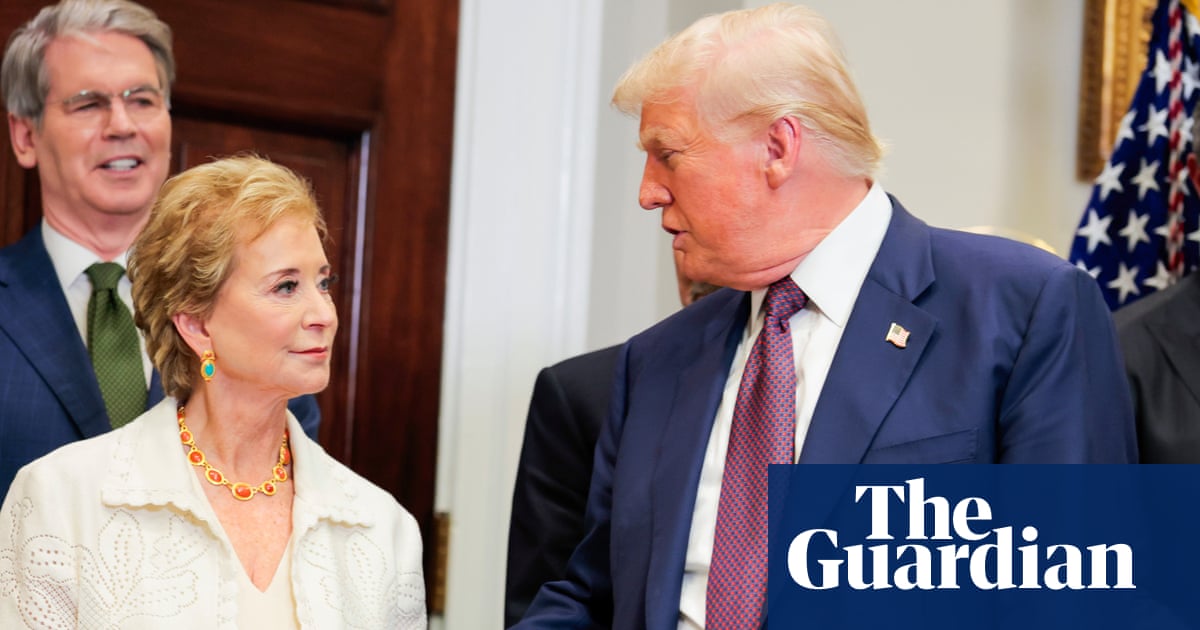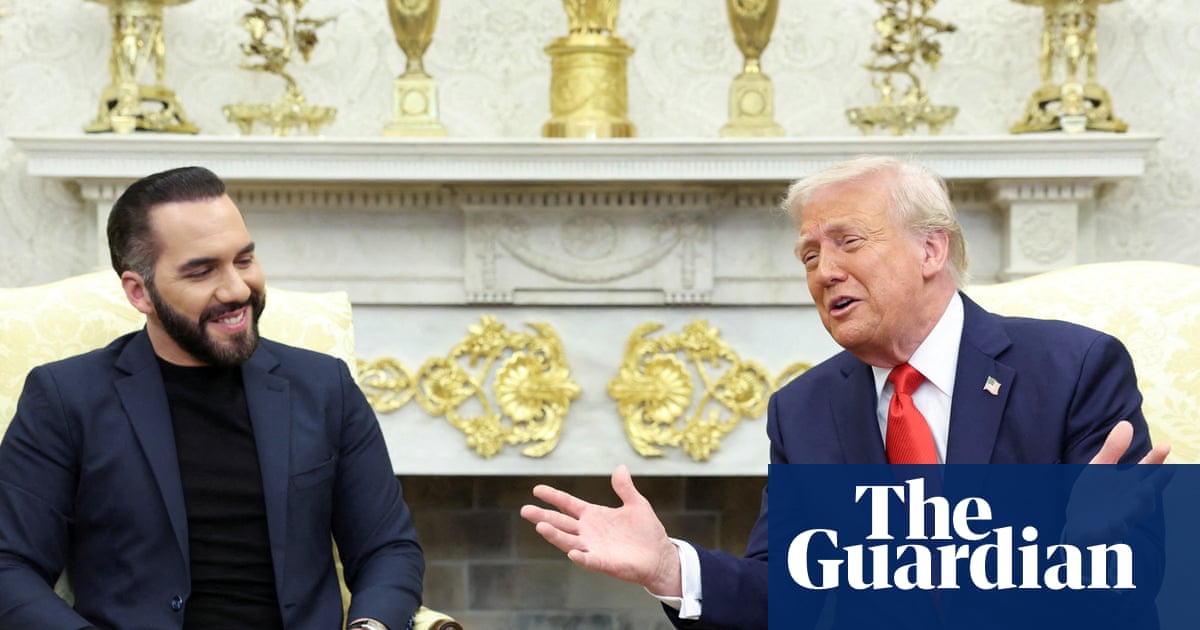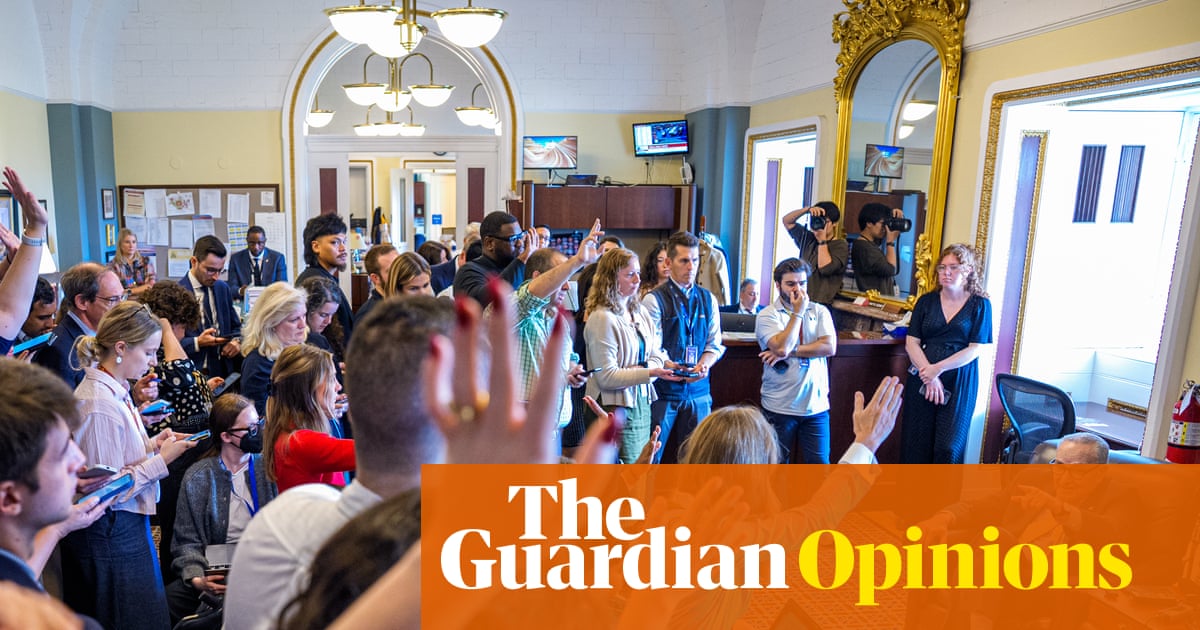TEL AVIV, Israel (AP) — President Donald Trump arrived in Israel on Monday to celebrate the U.S.-brokered ceasefire and hostage deal between Israel and Hamas, an agreement that he declared had effectively ended the war and opened the door to building a durable peace in the Middle East.
As he disembarked from Air Force One, a convoy of vehicles carried into Israel the first hostages released by Hamas as part of the deal.
Israeli President Isaac Herzog and Prime Minister Benjamin Netanyahu greeted Trump on the tarmac as a military band played. In Hostages Square in Tel Aviv, the site of continuous demonstrations during two years of war, the crowd cheered for Trump.
The moment remains fragile, with Israel and Hamas still in the early stages of implementing the first phase of the plan intended to end the conflict that began on Oct. 7, 2023, attack by Hamas-led militants.
The first phase of the ceasefire agreement calls for the release of the final 48 hostages held by Hamas; the release of hundreds of Palestinian prisoners held by Israel; a surge of humanitarian aid to Gaza; and a partial pullback by Israeli forces from Gaza’s main cities.
With families overjoyed at the impending reunions and Palestinians eager for a surge of humanitarian assistance, Trump thinks there is a narrow window to reshape the region and reset long-fraught relations between Israel and its Arab neighbors.
“The war is over, OK?” Trump told reporters traveling with him aboard Air Force One.
“I think people are tired of it,” he said, emphasizing that he believed the ceasefire would hold because of that.
The Republican president said the chance of peace was enabled by his administration’s support of Israel’s decimation of Iranian proxies, including Hamas in Gaza and Hezbollah in Lebanon.
The White House said momentum is also building because Arab and Muslim states are demonstrating a renewed focus on resolving the broader, decades-long Israeli-Palestinian conflict and, in some cases, deepening relations with the United States.
In February, Trump had predicted that Gaza could be redeveloped into what he called “ the Riviera of the Middle East.” But on Sunday aboard Air Force One, he was more circumspect.
“I don’t know about the Riviera for a while,” Trump said. “It’s blasted. This is like a demolition site.” But he said he hoped to one day visit the territory. “I’d like to put my feet on it, at least,” he said.
Trump will visit Israel first to meet with hostages' families and address the Knesset, or parliament, an honor last extended to President George W. Bush in 2008.
The president then stops in Egypt, where he and Egyptian President Abdel-Fattah el-Sissi will lead a summit in Sharm el-Sheikh with leaders from more than 20 countries on peace in Gaza and the broader Middle East.
Both Israel and Egypt announced that Trump would receive their counties' highest civilian honors.
The truce remains tenuous and it is unclear whether the sides have reached any agreement on Gaza’s postwar governance, the territory’s reconstruction and Israel’s demand that Hamas disarm. Negotiations over those issues could break down, and Israel has hinted it may resume military operations if its demands are not met.
Much of Gaza has been reduced to rubble and the territory’s roughly 2 million residents continue to struggle in desperate conditions. Under the deal, Israel agreed to reopen five border crossings, which will help ease the flow of food and other supplies into Gaza, parts of which are experiencing famine.
Roughly 200 U.S. troops will help support and monitor the ceasefire deal as part of a team that includes partner nations, nongovernmental organizations and private-sector players.
__
Megerian reported from Washington. Associated Press writer Will Weissert contributed to this report from Washington.

 German (DE)
German (DE)  English (US)
English (US)  Spanish (ES)
Spanish (ES)  French (FR)
French (FR)  Hindi (IN)
Hindi (IN)  Italian (IT)
Italian (IT)  Russian (RU)
Russian (RU) 























Comments